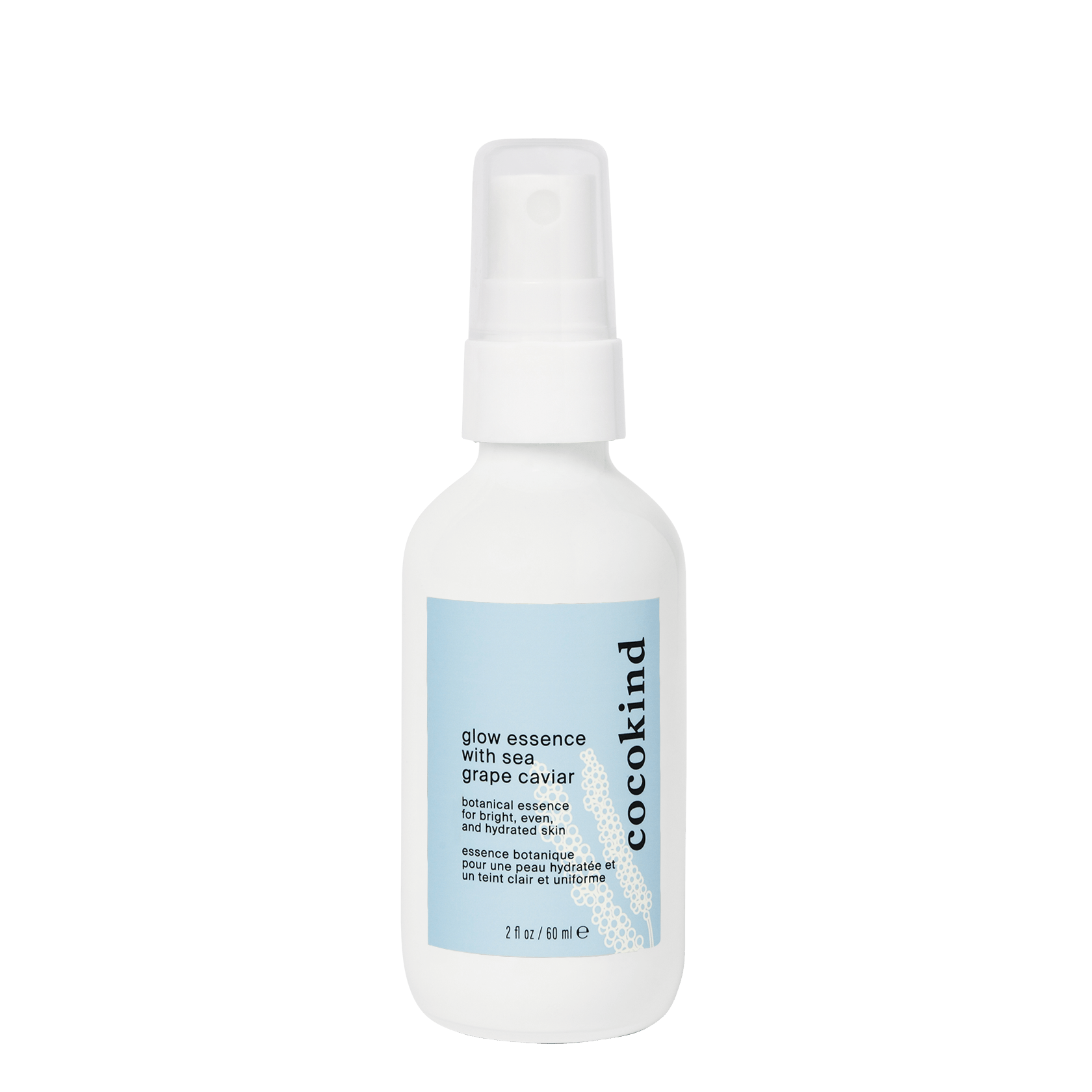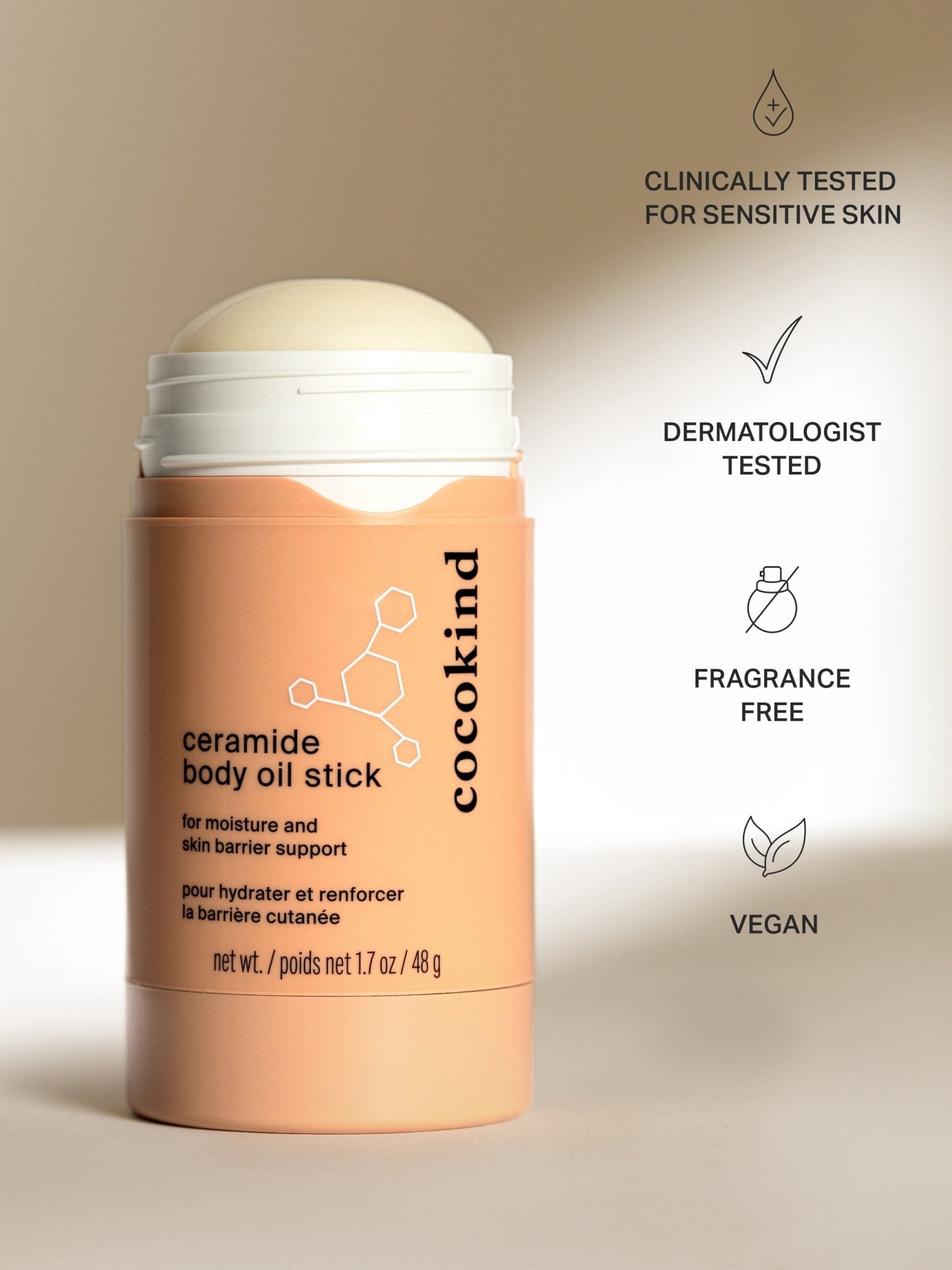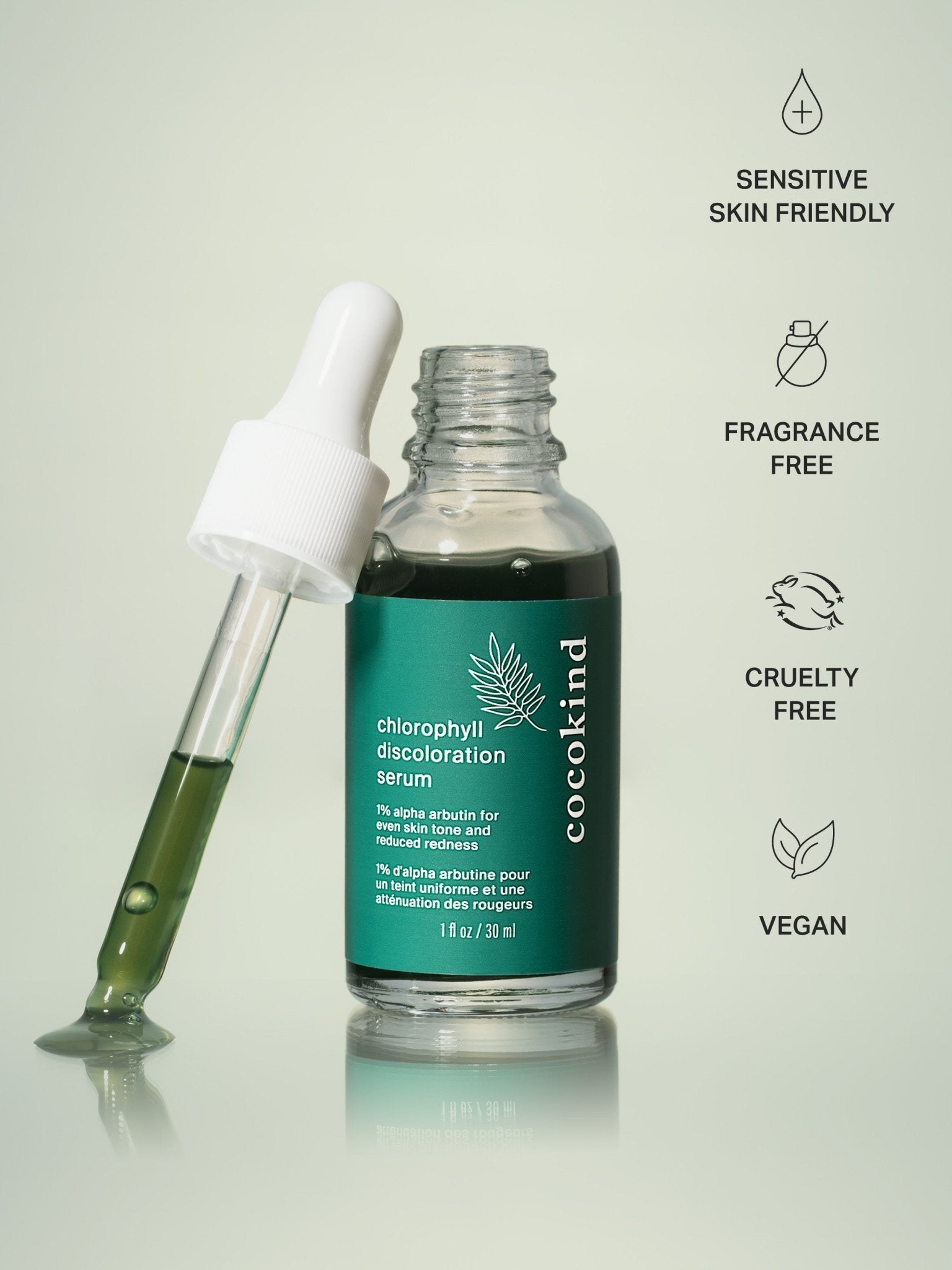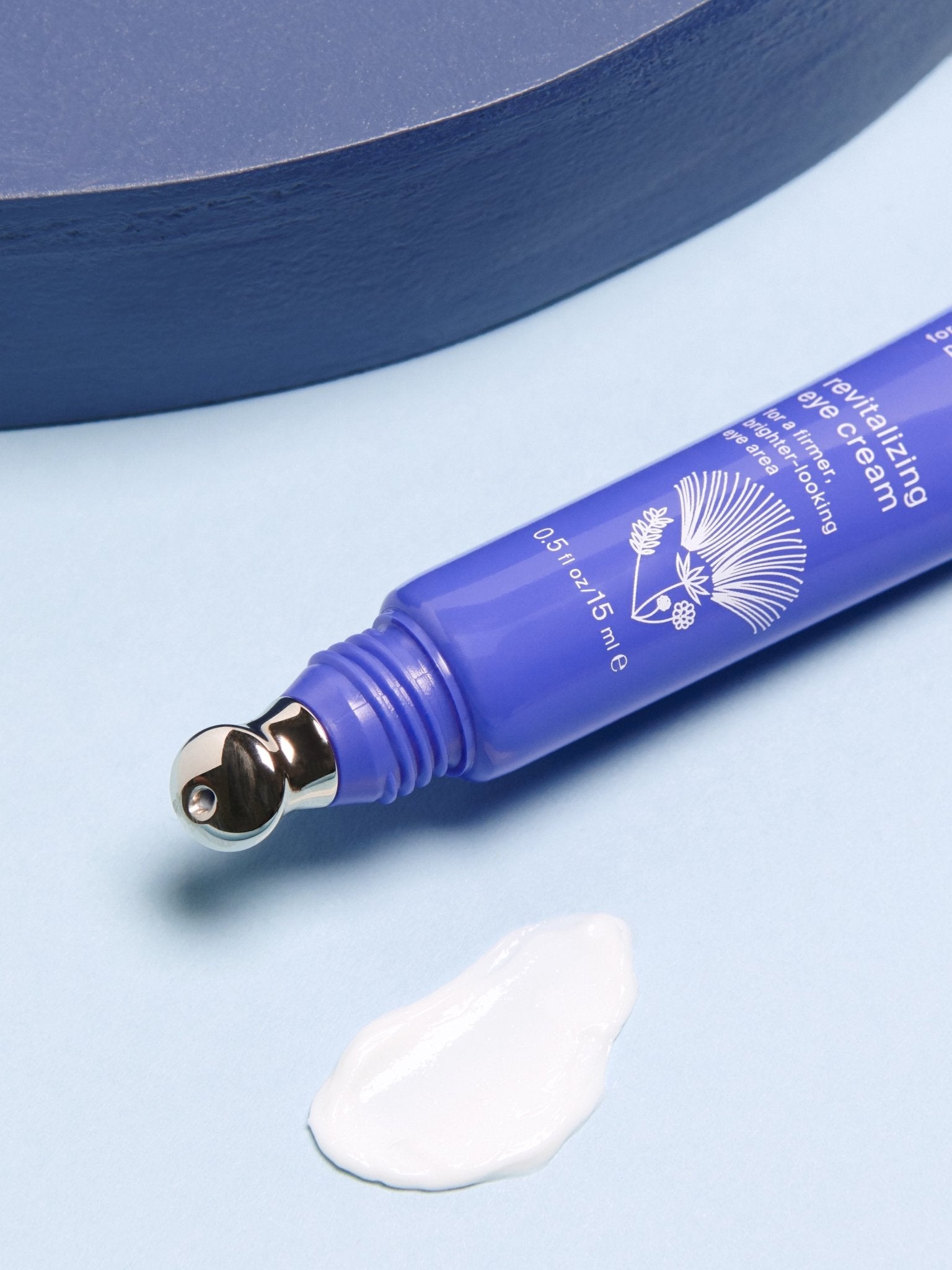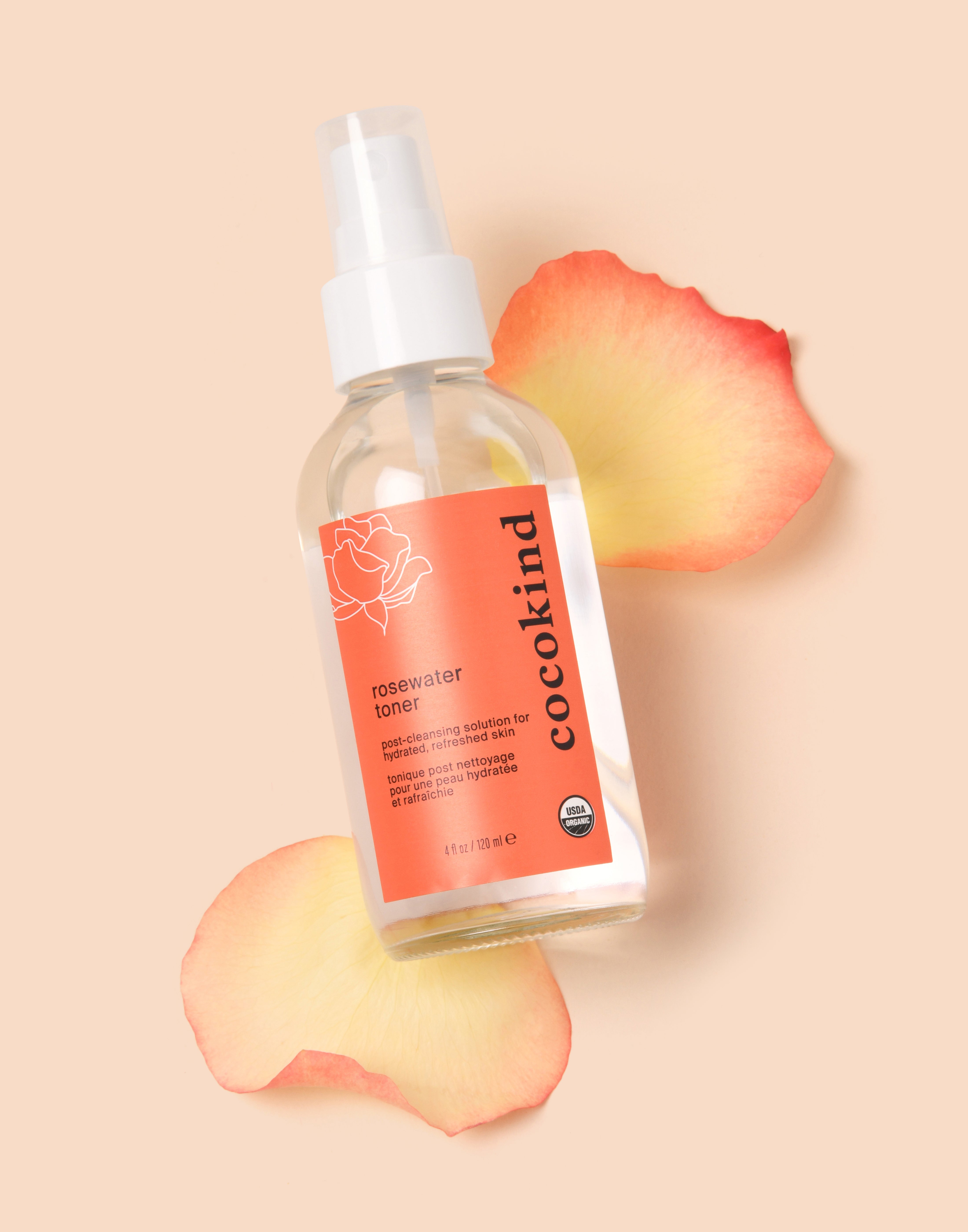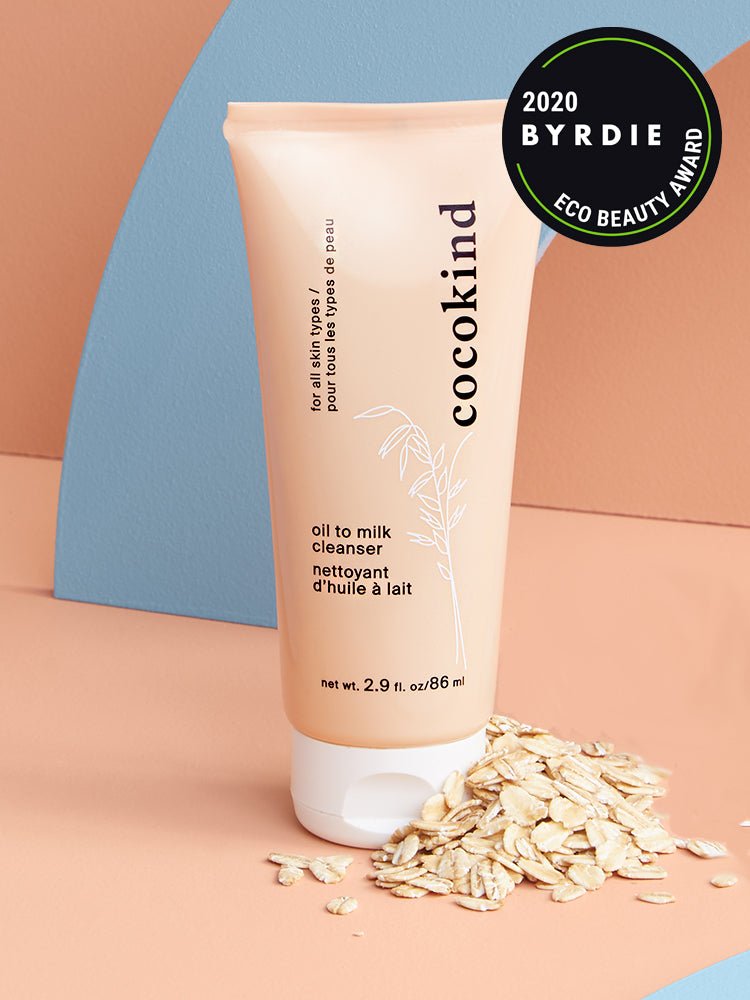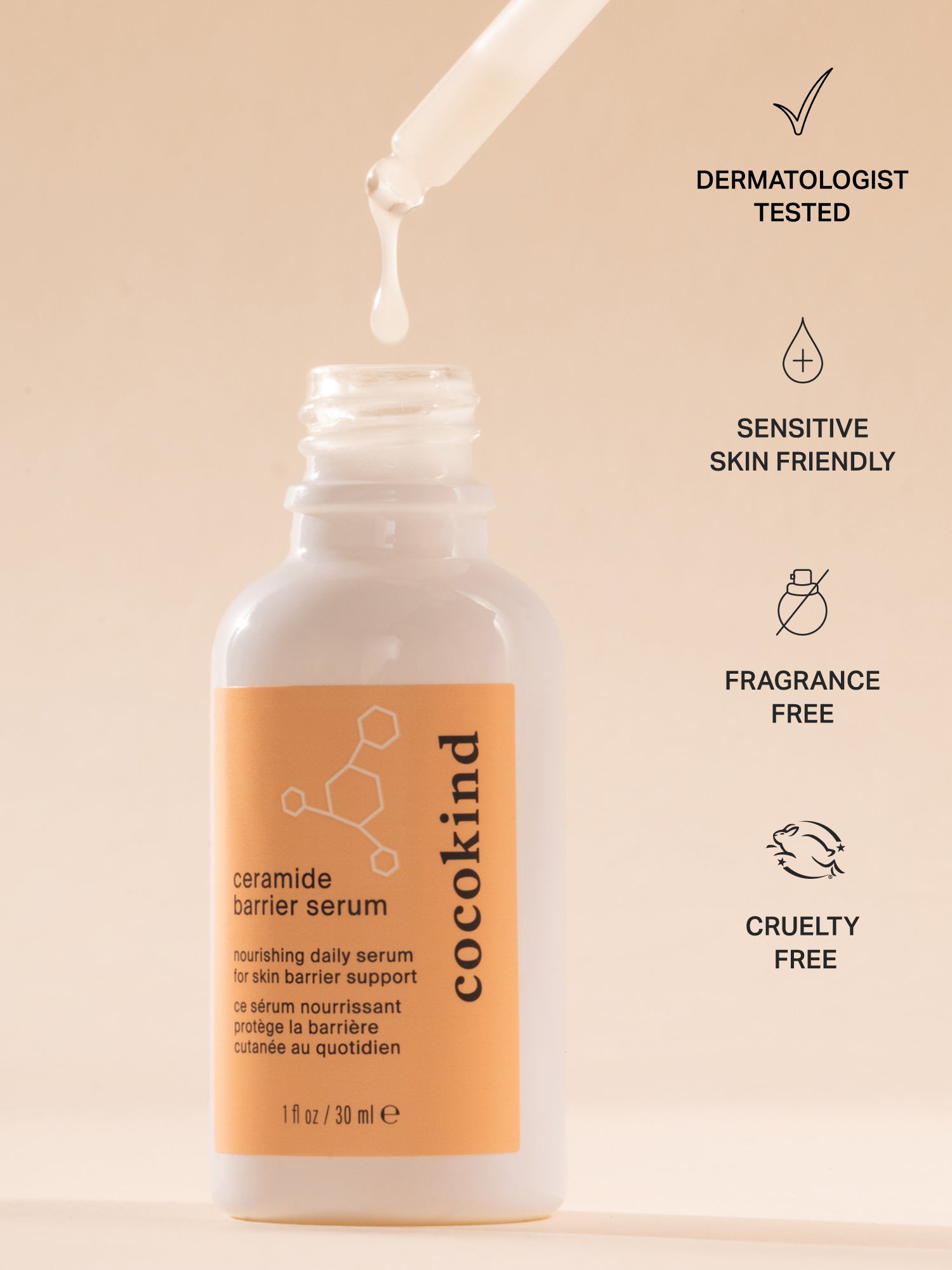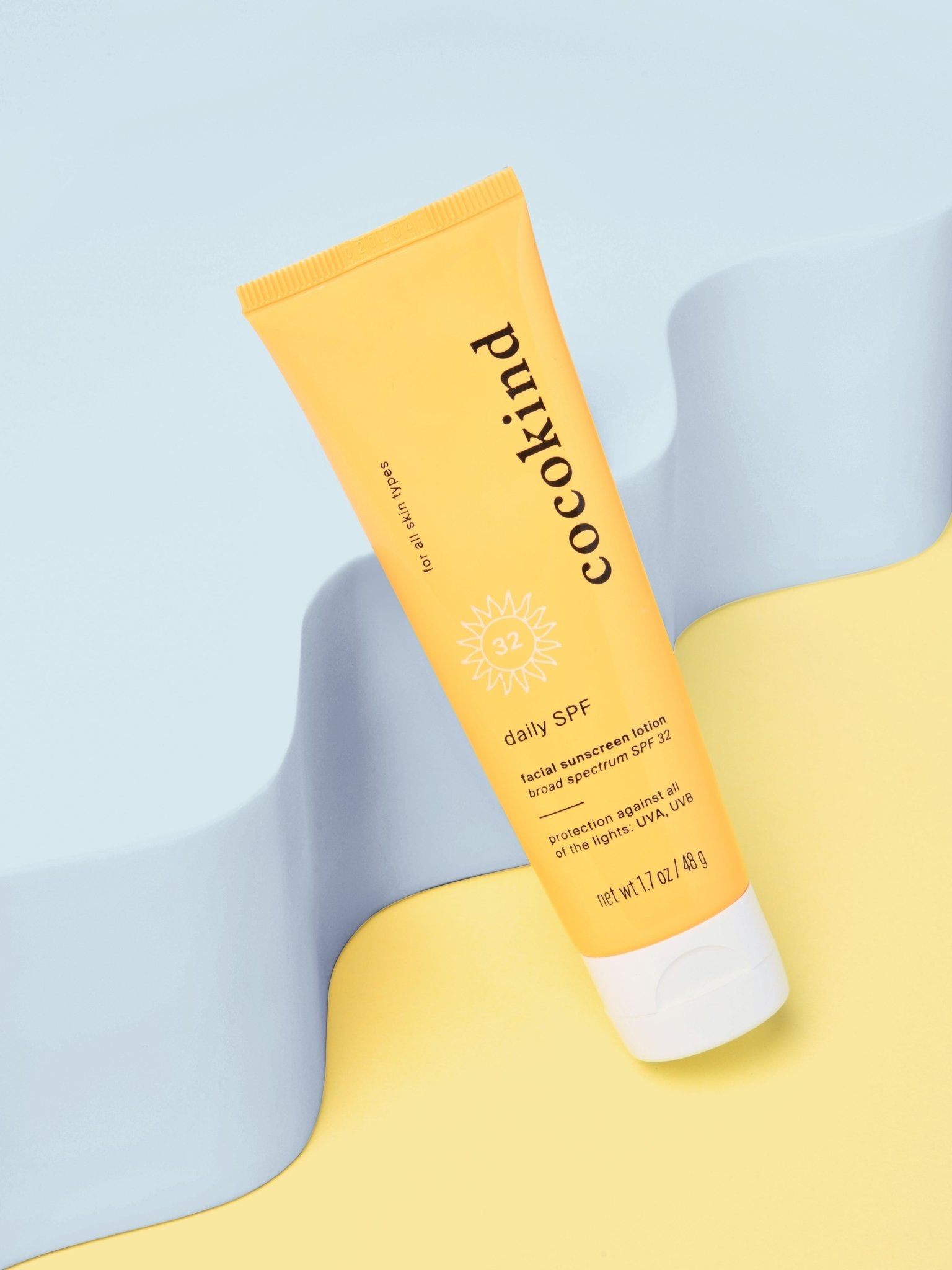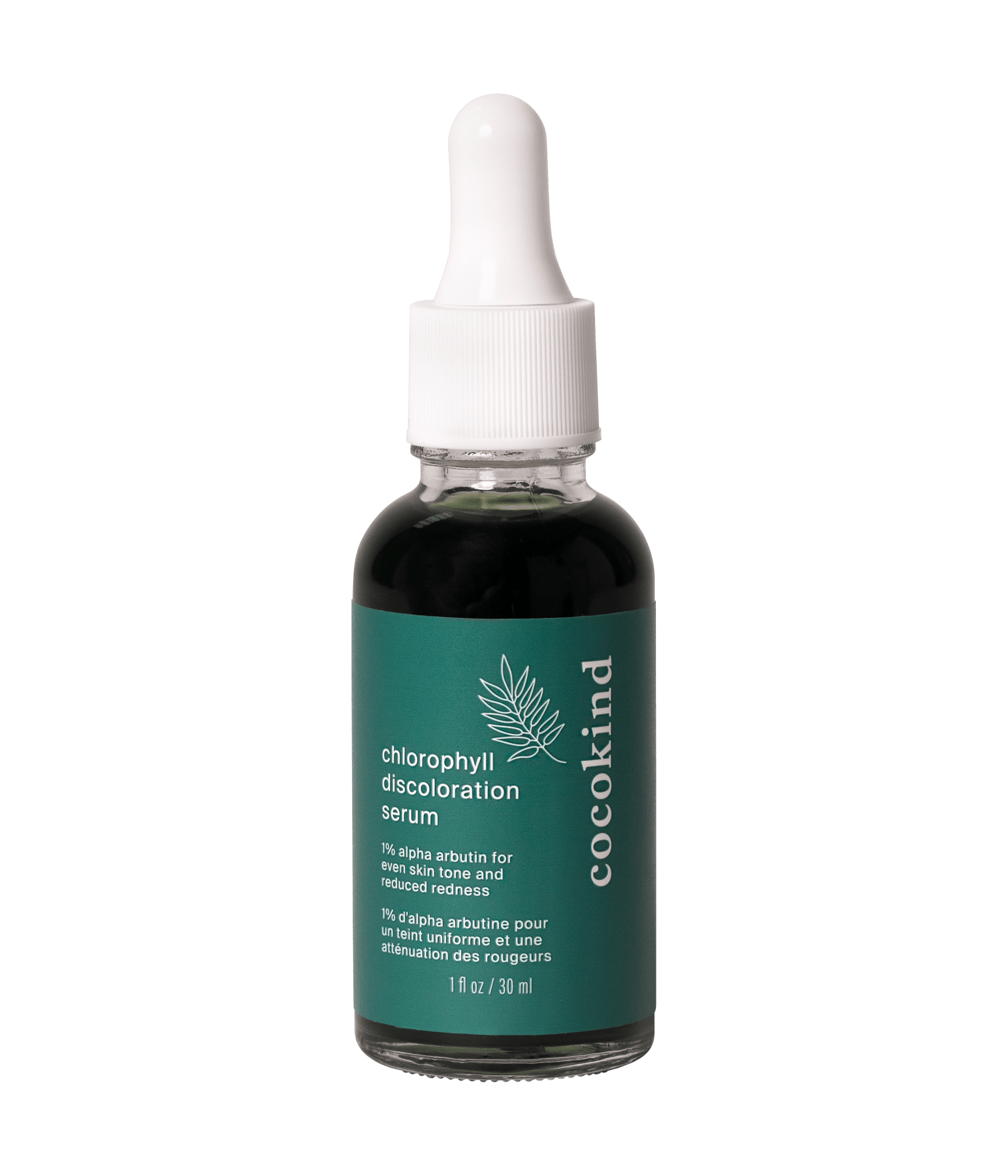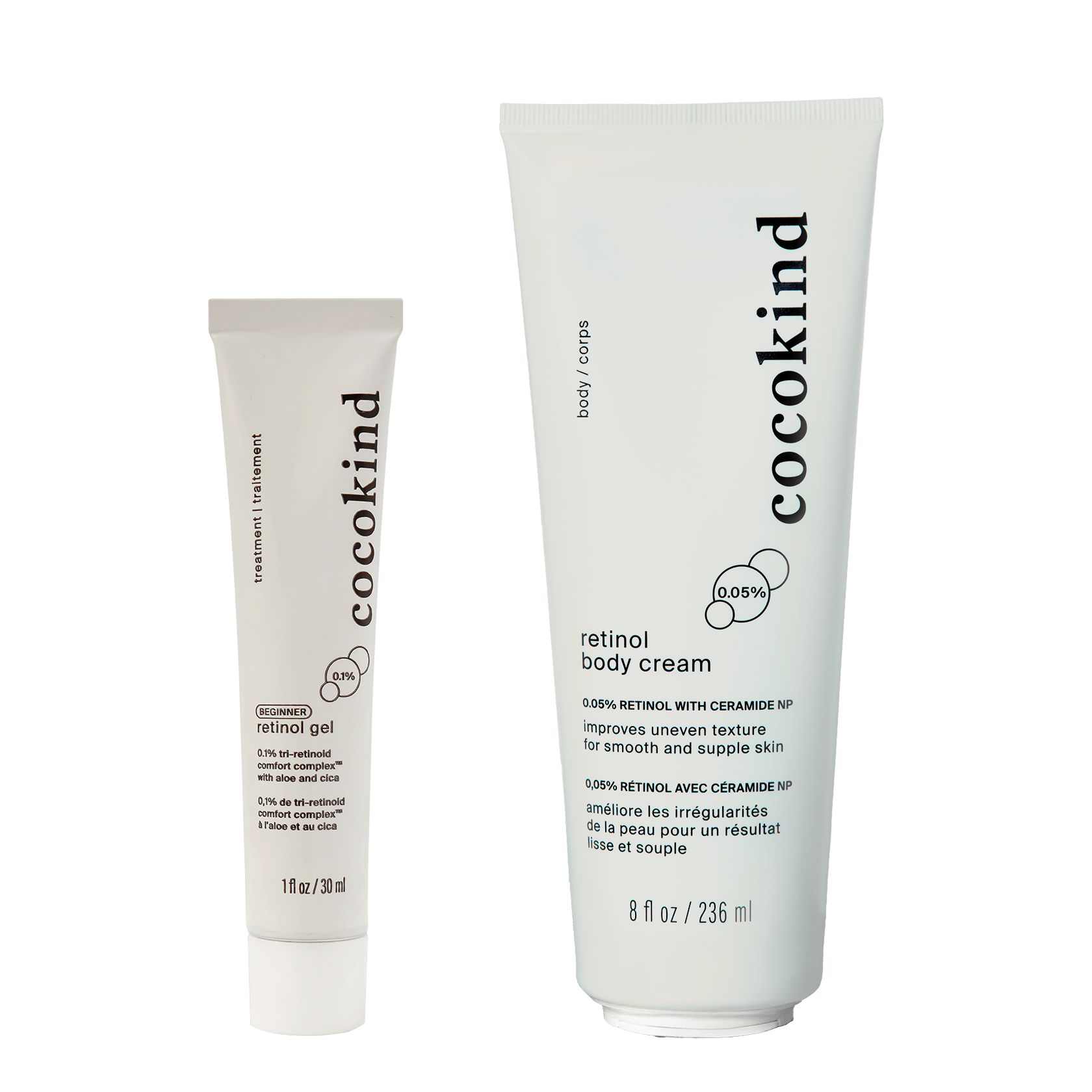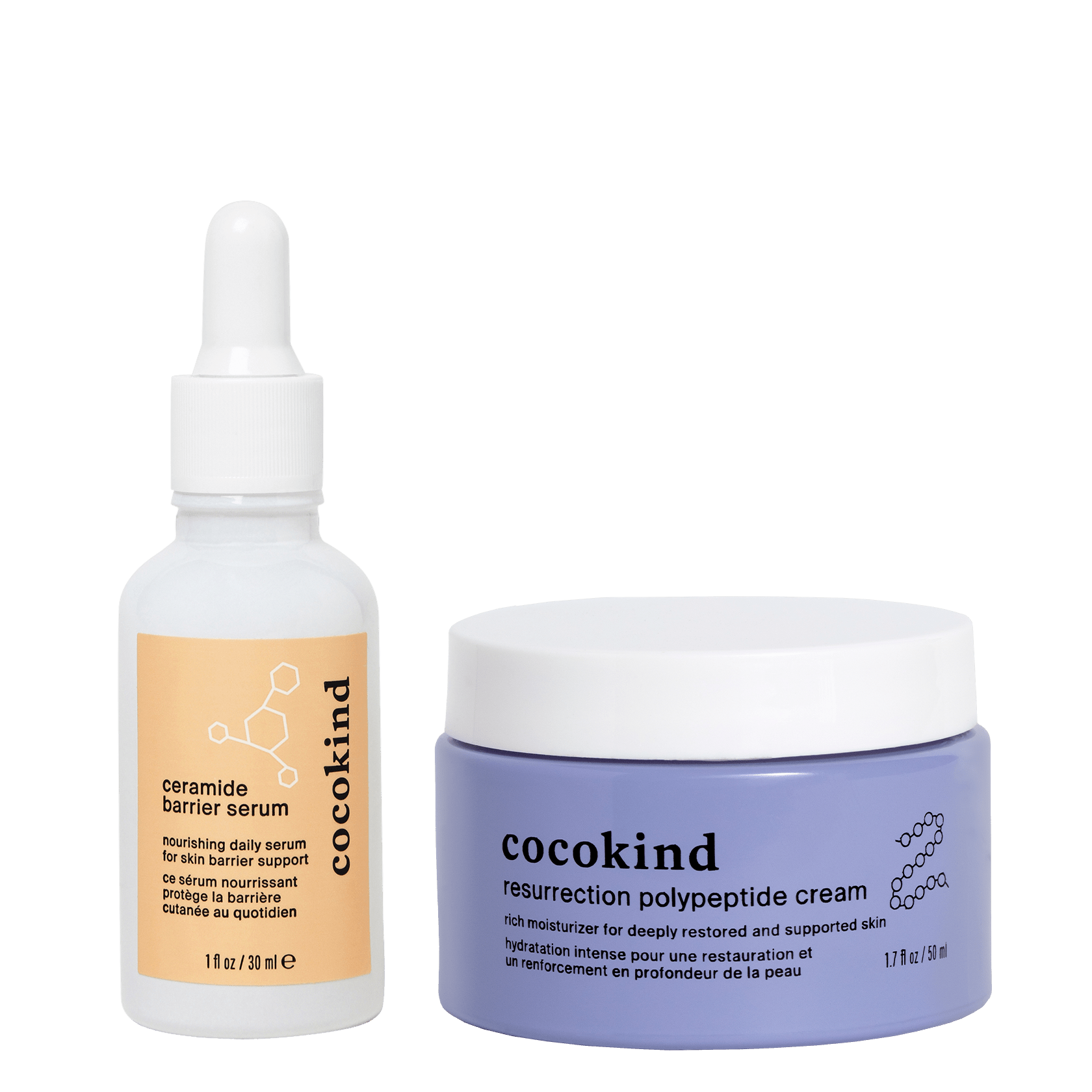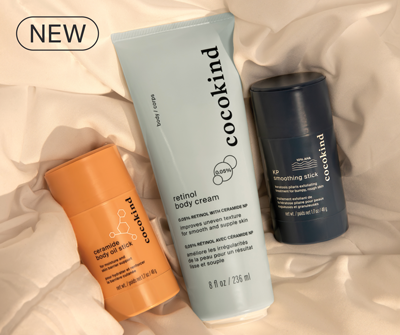In a recent Instagram poll, we discovered that many of you are completely new to using oils in your skincare routine.
We get it! For a lot of people, using oils is a scary and counter-intuitive concept. Trust me, I started from the beginning too. Prior to discovering all of the benefits of oils, I exclusively searched for “oil-free” claims on skincare labels. Over the course of many years, I discovered that many oil-free products weren't actually helping to heal my acne-prone skin…they were actually making my skin more sensitive and irritated!
That’s why, in this post, we want to address two key questions:
Why should I use facial oils? What’s the best way to start using them?
First, let’s talk about the why.
Why switch to oil-based skincare?
The ideal pH-level for our skin should be around 5-6 (slightly acidic). Washing your face with traditional cleansers may strip your skin of its natural oils and protecting acid mantle, making our skin’s pH-levels too alkaline (pH-level over 7). This over-dryness stimulates the oil glands to produce more sebum, leading to extra oily or clogged skin. This can also leave skin more vulnerable to environmental stressors.
Using an oil cleanser leaves the pH-level of our skin undisturbed. The oils help pull out impurities while still protecting our acid mantle. You’ll cleanse your face of all the bad stuff, stay hydrated, and keep all the good oils that you’re producing all on your own.
***Random (or not so random) fact: We get this question a lot, but there is no measurable pH-level of our oils. Why? Well, pH-level is a measure of the hydrogen concentration in water-based formulas. Since our oil-based products contain no water, there is no pH-level (our oils are insoluble in water)! As for our toners, our Organic Rosewater has a pH-level of ~5, while our Raspberry Vinegar has a pH-level of ~3.5. They are slightly acidic for a reason…so we can achieve the right pH balance! More on why I believe you NEED to be using a toner here.
benefits of oil-based moisturizers
on dry skin
Oils help keep dry skin hydrated and protected. Not to mention, organic and plant-based oils can deliver much needed vitamins and minerals to our skin.
on oily skin
Oily skin often occurs as a defense mechanism to balance out skin that's lacking in moisture. Facial oils that are pure and rich in vitamins actually help to balance sebum and oily skin. How does that work? The fatty acids and natural oils on your skin signal to your sebaceous glands that it has enough moisture to stay hydrated. This helps prevent the overproduction of sebum.
It’s counterintuitive, but it’s true! Using oils helps balance oily skin.
on acne-prone skin
I know this might seem scary and contrary to everything we used to hear, but using facial oils on acne can be soothing! Nutrient-rich, plant-based oils not only help to balance skin’s sebum production, but they can also be nourishing for this skin type. Drying your skin out is not the answer!
So now that we know why it’s good to use oils for all different skin types…
...what’s the best way to start incorporating oils into your skincare routine?
Keep in mind that abrupt and huge changes in your skincare routine can impact your skin and disrupt it’s balance in the short-term. As such, I always recommend being thoughtful and gradual with new introductions. This is particularly important if you are changing the TYPE of skincare you’re using (water-based vs. oil-based).
If you were previously using oil-based products, your face is probably already primed for cocokind and you shouldn’t have to deal with much of a transition process. However, if you were using water-based or traditional skincare products, I recommend transitioning gradually to oil-based products (so you don’t shock your skin)!
In addition to being thoughtful about the transition, we have some tips on how best to carefully start off your oil-based skincare journey.
best practices for oil beginners
1. start at night
Nighttime is the ideal time to introduce new products into your skincare routine. Our skin reaches peak absorbency while we are sleeping, making it the perfect time to try and use new products! Plus, you know your skin will be undisturbed by external factors (pollutants, UV radiation, environmental toxins, etc.).
2. try mixing oils with a toner so they feel lighter
Combining your facial oil with a hydrosol toner helps with quicker absorbency. If you’ve been using water-based lotions, using oils might initially feel overwhelming or slightly heavy on the skin. The best way to lessen that feeling is to mix an oil with our toners. The oil will feel lighter!
To oil cleanse, apply two pumps of our facial cleansing oil to a cotton pad and then spray 2-3 mists of either off our toners to the pad too. Wipe the mixture all over your face until there is no residue left!
To moisturize with an oil, simply place a few drops of one of our oils into your palm and spray 1-2 mists of our rosewater facial toner into the mix. Combine both in your palm and massage the combo onto your face. Feel free to spray some additional toner onto your face after to finish!
3. take days off
Start off by implementing oils a few nights a week or every other day to allow your skin to transition. Rome was not built in a day and it’s ok to slowly introduce the products while still using your old products on off days. Simply listening to your skin will help you know when the time is right to make the full transition!
4. build your oil tolerance with lighter weight oils
A little goes a long way! Start by using half the recommended amount if you’re nervous about feeling too oily. As your skin adjusts, you can increase the amount.
We recommend starting with our golden elixir or our watermelon hemp oil, as they're our two most lightweight and fast-absorbing oils.
Sacha Inchi oil from Peru is the star ingredient of our golden elixir - it's high in omegas 3 and 6, which help to nourish skin and support its barrier function while also providing the perfect amount of moisture.
Our watermelon hemp oil uses linoleic acid-packed watermelon seed oil and cold-pressed hemp seed oil to help soothe, hydrate, and replenish skin and hair while also supporting elasticity and preventing moisture loss in the skin.
Once you get used to these lighter weight oils, feel free to experiment with others. Everyone’s skin is different, so experimenting on your own skin to figure out what works best for you is extremely important!
5. Decongest with an exfoliator or mask
Especially in the beginning of your transition, we suggest frequently decongesting your skin with a gentle natural exfoliant like our sea moss exfoliator and using deeply cleansing masks like our chlorophyll mask. Since both of these products are super gentle, you can use them as much as you like during your transition to oils (I recommend 4x per week, especially in the beginning).
Together, these two treatments help purify the skin and eliminate dead skin cells and excess oil from the surface. This allows for absorption of our facial oils that won’t overwhelm your skin.
6. Give your skin time to adjust!
Despite doing all of the above, oil-based skincare is so different from traditional skincare that you might still experience temporary breakouts. This is extremely common, don’t worry!
Like with any transition, give it some time. We recommend giving yourself at least 2-4 weeks to re-balance your skin. I know that sounds like a big range, but it all depends on how your individual skin reacts, what you were using before, and how you incorporate it into your new routine.
I’ve heard some customers see a difference immediately (like next day immediate), whereas some customers have had to adjust their skin for months.
However long it may take to transition, the results can be oh-so-worth-it!
7. keep other life factors as constant as possible (and avoid PMS week)
It’s best to keep other life factors relatively constant while you’re changing to an oil-based skincare routine. Stay away from making extreme changes to your lifestyle at the same time (i.e. don’t do it on a week you know you’ll be burning the midnight oil every day, or doing a bone broth cleanse).
The state of your skin can be impacted by diet, sleep, travel, weather, hormones, and more. Big changes to any of those factors can have a huge affect on your skin (potentially more so than a new oil skincare product!).
And for my fellow hormonal-acne-peeps, avoid making this introduction during PMS week. Because, well, you know why.
8. know that your skin is unique
Keep in mind there are so many factors that affect the health of our skin, from genetics to environment, diet, and hormone levels. Everyone has different skin and what may work for one person may not for the next. While hearing what works or doesn’t work for your friend (or from me) may be helpful, ultimately, your skin is unique and you should listen to you, first.
At cocokind, we aren’t about recommending a strict skincare regime. Do what works for you, when it works. Whether its using oils twice a day, or twice a week, it’s ok to customize and listen to your gut (and face).
that’s it!
We hope this post was encouraging for all our readers that are new to using oils! For a comprehensive run through of how to use all of our specific products, check out my post on how to use cocokind! We know it can be daunting, but the tips above should help make your transition as smooth as possible. As always feel free to leave a comment or send us questions at info@cocokind.com.
Happy hump day!
-Priscilla and the cocokind team
